Description
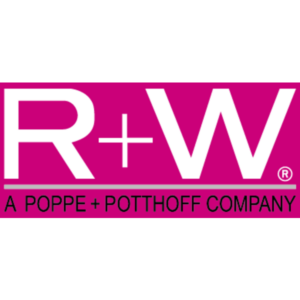
R+W Coupling Technology is an ISO 9001 certified manufacturer of precision couplings, torque limiters, and line shafts for motion control and power transmission applications. With a philosophy of meeting specific customer requirements from conception to production, R+W has supplied many thousands of custom coupling designs, creating a wealth of knowledge about the technical requirements associated with a wide variety of industries and applications. Constant new product development takes place in house, in addition to intensive collaboration with universities and technical schools, keeping R+W at the forefront of technical development and product innovation in its field.
Key advances include torsion-resistant flexible-bellows couplings with an excellent price-to-performance ratio, and global availability. Many elastomer coupling models ship from stock, and include the benefit of a proprietary calibration process to ensure smooth running. All couplings and torque limiters are designed to operate free of wear and backlash, and help to ensure efficient and safe operation of rotating equipment.
- Couplings
Couplings are mechanical components used to connect two in-line shafts to enable one shaft to drive another at the same speed. A coupling can be rigid or flexible, allowing various amount of angular, radial, and axial misalignment between the two shafts. Couplings can be used to reduce shock and overload, which can decrease wear on the machine and increase overall lifetime. Unlike clutches, couplings are not designed to engage-disengage as a normal operation.
- Servo/Stepper Couplings
Servo Stepper couplingsServo/stepper couplings not only connect shafts but they can also be used to damp vibration to minimize settling time and overshoot. A variety of coupling types exist to address different conditions in terms of load, speed, expected misalignment, etc. Our sales engineers and team members in our Engineered Solutions Group can apply their product knowledge and expertise to help choose the optimum coupling for your application. Can’t find what you need? Contact us to find out more about customization.
- Coupling BeamBeam Couplings
A beam coupling consists of a cylindrical piece of metal, usually aluminum or steel, with one or more spiral cuts sandwiched between solid metal (the beams). The spiral cuts add flexibility but also permit torsional wind up. Beam couplings can handle large amounts of axial and angular misalignment. They are available in single- and multi-beam designs. Multi-beam designs can handle more parallel misalignment than single-beam versions.
The low torsional stiffness of beam couplings increases settling times. These components are best for low-torque applications and those with light loads. They are poor choices for high-speed, high-precision systems.
coupling bellowsBellows Couplings
As the name suggests, a bellows coupling is built around a metal bellows. These couplings deliver maximum torsional stiffness and flexibility but remain lightweight, minimizing inertia. They are good for applications that need to transfer high torque with minimum backlash.
Bellows couplings perform well at speeds of up to 10,000 RPM. The material used for the bellows depends upon the application. Steel designs deliver maximum torque per diameter. Nickel versions provide better accuracy but they are more fragile and must be used with lower torques. Bellows couplings can tolerate angular misalignments of 1 to 2 deg but only 0.01 to 0.20” of parallel misalignment. Exceeding these numbers can cause failure within a matter of minutes.
- Servo Stepper CouplingDisk Couplings
Disk couplings incorporate thin metal disks that act as springs to accommodate flexing and misalignment. These couplings offer high torsional rigidity and minimal backlash. They have the ability to accommodate torques on the level of a bellows coupling but at a lower cost. Disk couplings can handle high speeds. The disk material provides another degree of freedom to optimize system performance. Stainless steel disks work well for medical devices, for example, while nonmetallic disks provide electrical insulation. Aluminum disks and hubs help reduce weight.
- Gear Couplings
Gear couplings are designed to handle extremely high torques. A gear coupling consists of a forged sleeve with internal gears and a pair of shafts terminating in hubs with external gearing. The shafts/hubs are inserted into the sleeve from opposite directions; turning one hub rotates the other. The high surface contact area enables gear couplings to manage extreme torque loads. Like any gearbox, they need lubrication. They also suffer from backlash that varies according to tooth shape and misalignment. If designed with a tight fit between the inner gear and outer gear, gear couplings can be effective at speeds as high as 30,000 to 40,000 RP
- Jaw Couplings
Jaw couplings consist of two opposing hubs formed of two or more arms (jaws) separated by a plastic device known as a spider. They are designed to transmit torque up to a set threshold. Exceeding the tensile strength of the spider causes it to fail, frequently damaging the jaws at the same time. The spider tends to damp vibration. It can also absorb axial extension and compression. With careful design and choice of spider, these couplings can be virtually backlash free. They are also electrically isolating. On the downside, they can only tolerate 0.5 deg or so of angular misalignment and very little parallel misalignment.
- Rubber Couplings
Rubber couplings consist of a rubber spacer sandwiched between two hubs. The rubber does a good job of absorbing shock and vibration, as well as misalignment. Rubber couplings can be designed specifically to compensate for compression or shear force. They also introduce torsional softness. As a result, they can be effective at protecting bearings.
- Torque Limiters
Torque LimitersTorque-limiting couplings are used to protect rotating equipment in the event of a jam or stoppage. Past a certain level of torque applied by the load, the coupling disengages so that the load does not apply torsional strain to the drive shaft. Torque limiters are particularly useful in the case of high-value equipment such as large motors, drives, and gearboxes. Preventing catastrophic failure also helps guard against extensive repairs and downtime.
Torque-limiting couplings can be classed as disconnecting (zero torque transmitted) or torque limiting (coupling slips to reduce torque). Disconnecting types include shear pin, synchronous magnetic, and ball detent. In a shear-pin torque limiter, the shear pin breaks at a certain level of torque. They are low cost solutions that require more time and expertise for recovery.
Synchronous-magnetic torque limiters use magnetic attraction to couple the input and output shafts. Above a specified torque, the magnetic force is no longer strong enough to hold and the input and output shafts decouple. Magnetic torque limiters feature quick response time and quick recovery.
Ball detent torque limiters use balls resting in detents to connect the load with the drive shaft. When the system reaches an over-torque condition, the balls are pushed from their rest position and the load turns freely about the shaft. When the over-torque condition ends, the balls move back into their detents, enabling the coupling to reconnect. Ball detent couplings can be adjusted; they limit torque in both directions.
Some applications cannot tolerate abrupt removal of torque. In these cases, torque-limiting couplers provide a better solution. Torque-limiting couplers reduce applied torque rather than cutting it off entirely. Past a certain level of torque, the coupling begins to slip. The excess energy is dissipated as heat. Torque-limiting couplers provide precise overload protection. They are typically backlash free and torsionally rigid. The most common types include friction-plate couplings, magnetic-particle couplings, and magnetic hysteresis types.
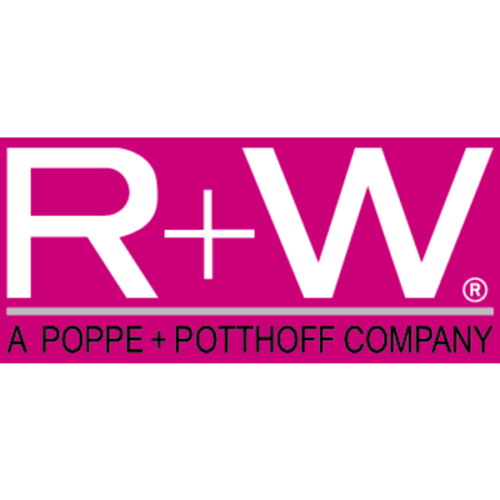
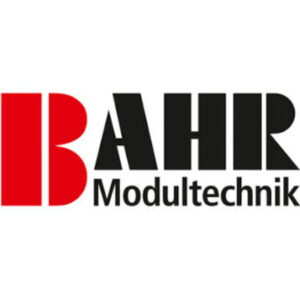
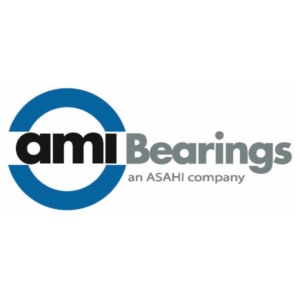
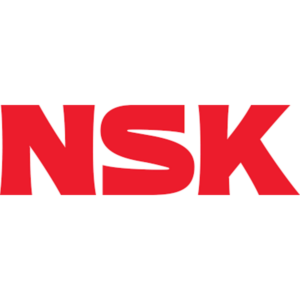
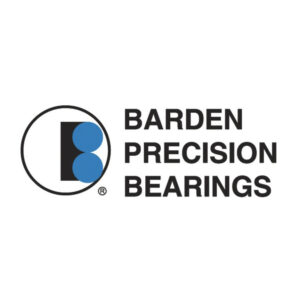
Reviews
There are no reviews yet.